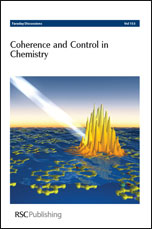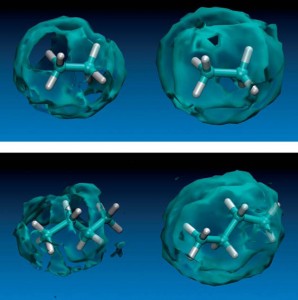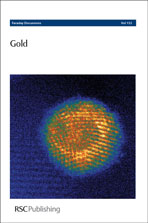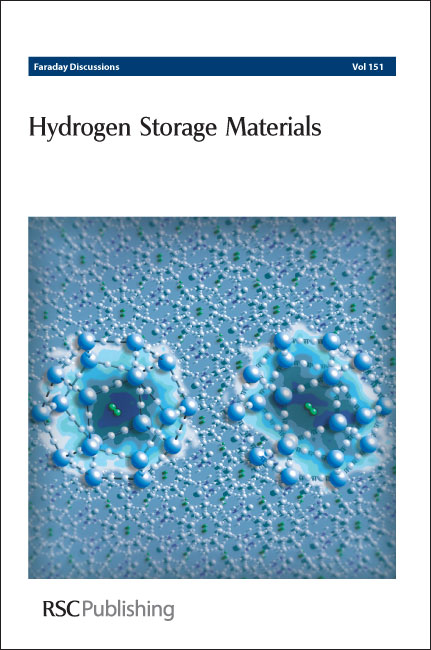Lipid and Membrane Biophysics
Faraday Discussion 161
11 – 13 September 2012
Burlington House, London, UK
Deadline for Oral Abstracts: 18 November 2011
Submit now
Lipid and Membrane Biophysics: Faraday Discussion 161 will consider recent developments in the study of biomembrane structure, ordering and dynamics, with particular emphasis on the roles of lipids in these phenomena. This meeting will focus on the following themes:
• Lipid self-assembly
• Structure, ordering and dynamics of membranes
• Lateral segregation, trans-bilayer coupling and microdomains
• Membrane curvature, micromechanics and fusion
• Lipid-protein interactions: two-way coupling
• Interactions of signalling lipids and other molecules with membranes
• Biomedical and technological applications of lipid membranes
Confirmed invited speakers:
• Professor John Nagle (Introductory), Carnegie Mellon University, USA
• Professor Evan Evans (Closing), Boston University, USA
• Dr Olaf Sparre Andersen, Cornell University, USA
• Professor Alfred Blume, Martin-Luther-Universität Halle-Wittenberg, Germany
• Professor Markus Deserno, Carnegie Mellon University, USA
• Professor Dr Reinhard Lipowsky, MPI of Colloids and Interfaces, Germany
• Professor David Needham, Duke University, USA
• Professor Thomas Schmidt, Leiden Institute of Physics, The Netherlands
• Professor Dr Petra Schwille, TU Dresden, Germany
• Professor Håkan Wennerström, University of Lund, Sweden
We invite you to submit an abstract for an oral presentation by 18 November 2011.
We hope that this conference is of interest and that you will attend this exciting Faraday Discussion next year. For further information on attending Faraday Discussion 161, please visit www.rsc.org/FD161.

Please keep Faraday Discussions’ sister journal Physical Chemistry Chemical Physics (PCCP) in mind. PCCP brings you content of the highest quality in physical chemistry, chemical physics and biophysical chemistry. With high-impact research, and a truly international readership, PCCP is the ideal place to publish. We invite you to submit your research to PCCP today.
Recent PCCP Perspective review articles in this area include:
Lipidology and lipidomics––quo vadis? A new era for the physical chemistry of lipids
Ole G. Mouritsen
DOI: 10.1039/C1CP22484K
Porous biomimetic membranes: fabrication, properties and future applications
Bin Zhu, Jingjian Li and Dongsheng Xu
DOI: 10.1039/C0CP02757J
Functional liposomes and supported lipid bilayers: towards the complexity of biological archetypes
Debora Berti, Gabriella Caminati and Piero Baglioni
DOI: 10.1039/C0CP02400G
Multiscale modeling of emergent materials: biological and soft matter
Teemu Murtola, Alex Bunker, Ilpo Vattulainen, Markus Deserno and Mikko Karttunen
DOI: 10.1039/B818051B
Scoring functions and their evaluation methods for protein–ligand docking: recent advances and future directions
Sheng-You Huang, Sam Z. Grinter and Xiaoqin Zou
DOI: 10.1039/C0CP00151A
 We would like to thank the British Biophysical Society for their co-sponsorship support of this discussion meeting.
We would like to thank the British Biophysical Society for their co-sponsorship support of this discussion meeting.
Comments Off on Call for abstracts: Lipid and Membrane Biophysics



















